The Kawasaki Mule 3010 is a popular utility vehicle designed for off-road use. It is a four-wheel-drive, gasoline-powered utility vehicle. Also, the UTV has a 617 cc, 4-stroke, liquid-cooled, twin-cylinder, OHV engine.
Besides, it has a top speed of 25 mph and a payload capacity of 1,330 lbs. The Mule 3010 is a versatile and dependable vehicle for various tasks. You can use it for hauling supplies on hunting trips.
Indeed, it is rugged, reliable, and robust. But like any machine, it can have problems from time to time. Unfortunately, the common Kawasaki Mule 3010 problems aren’t avoidable. Like most of the Kawasaki Mule and Mule Pro, this Mule 3010 has issues with the engine rebuild.
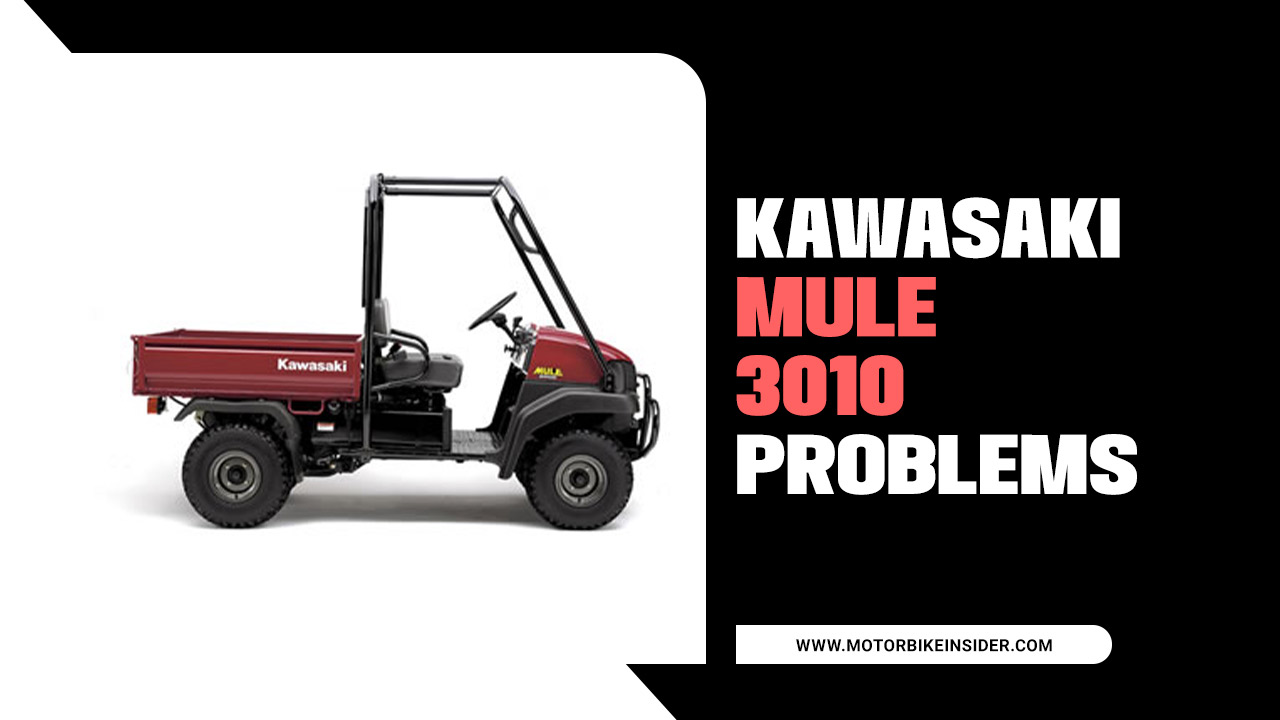
List Of Kawasaki Mule 3010 Problems And Solutions
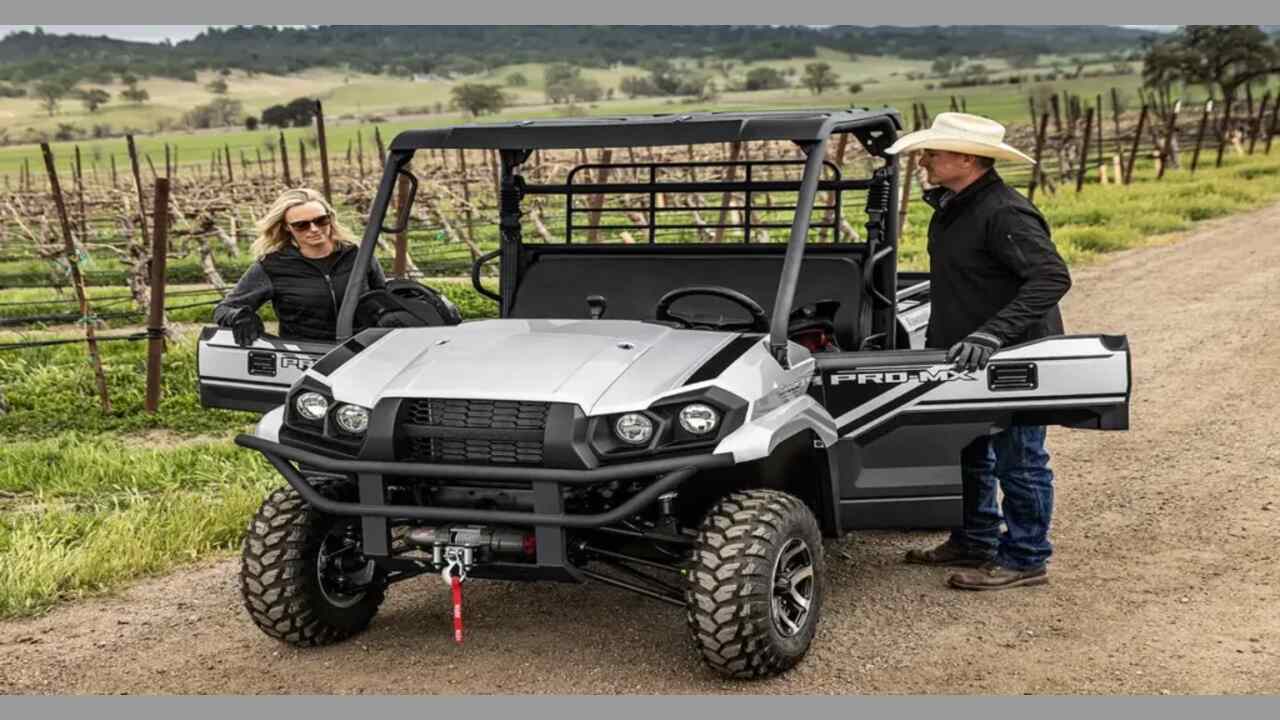
Knowing the list of Kawasaki Mule 3010 problems is essential for several reasons. It promotes safety and prevents potential accidents. The coil in my Kawasaki Mule 3010 is causing problems. By being aware of the common issues, operators can take necessary precautions and address them promptly, ensuring that the vehicle is in optimal working condition.
This is especially important when the Mule 3010 is handy in demanding environments or challenging terrains. Kawasaki Mule 3010 has come a long way ever since Kawasaki introduced its predecessor, the Mule 1000. Kawasaki offers excellent customer support services for addressing any problems faced with the Mule 3010.
1. Kawasaki Mule 3010 Keeps Getting Flat Battery, Won’t Jump-Start”
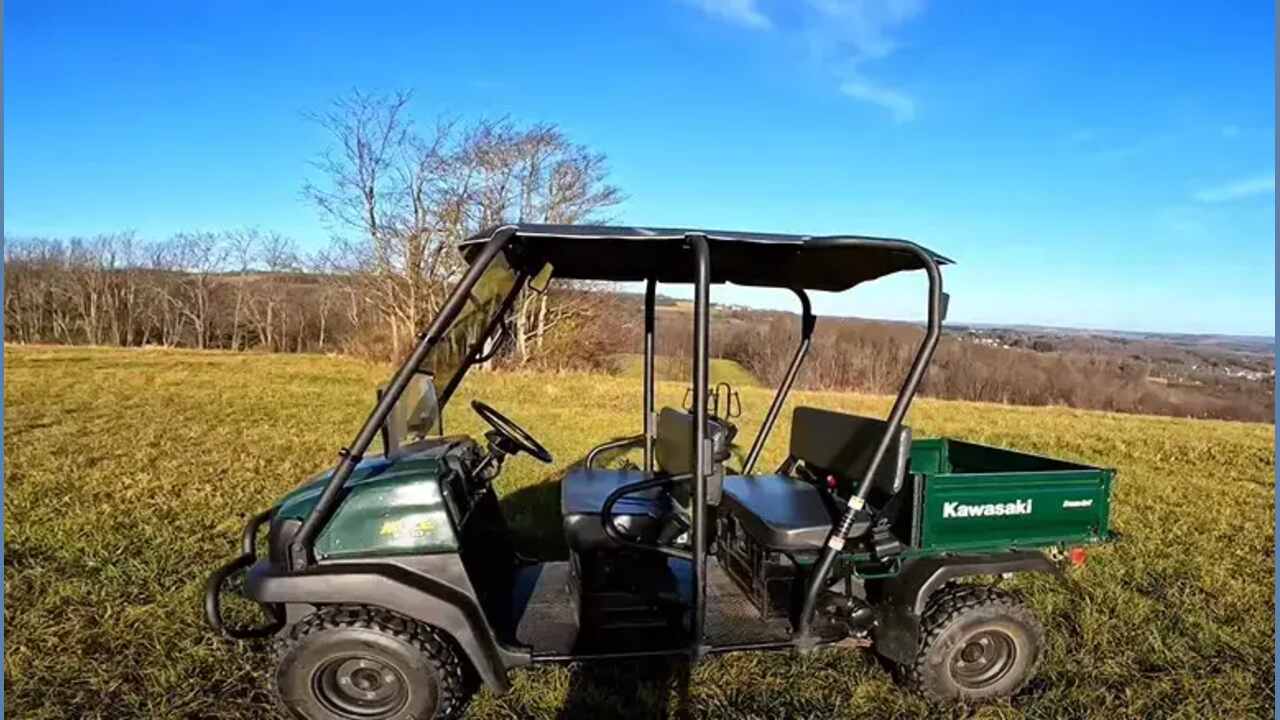
When encountering a flat battery in the Kawasaki Mule 3010, it is important first to determine the cause of the problem. There could be several factors contributing to this issue. One possible cause may be a faulty charging system, which is not properly recharging the battery while the vehicle is in use.
In such cases, it is advisable to have the charging system inspected and repaired by a qualified technician. Another potential culprit could be a parasitic draw, wherein electrical components continue to draw Loss of power even when the vehicle is turned off. This can drain the battery over time.
A thorough electrical system inspection is necessary to identify and rectify such issues. So, all these problems are regarding the battery of the Mule 3010 vehicle. Either the UTV starts and suddenly stops or won’t start again. It is a concerning problem and will freak out the riders.
Possible Solutions
Since the battery works separately from the other parts of the utility vehicle, working with it is easier. You need to run a load test to find the functioning of the battery. Also, check the cables and fix them if needed. You can apply these solutions to solve any battery issues:
- Start with a battery load test to identify if there is an actual starting problem. You may run the load test using a load tester. You can skip the following steps if the voltage is equal to the recommended level. If the CCA rating and voltage have dropped, you must fix it.
- Ensure that connecting cables are in good and secure condition. Often, loose wiring won’t allow the battery to deliver the required power to the engine and other parts.
- Diagnose the starter solenoid and starter motor. Often, there will be debris causing the problem.
- Remove and clean the starter and install it again. You can use WD-4- carb cleaner for this purpose.
- Manually repair the starter or call a professional if it is damaged.
Problem – 2: Noise Clicking

Clicking noise from the Mule 3010 is another common issue related to starting failure. It may happen anytime, like before starting or restarting the vehicle. Some users have complained about excessive noise levels, especially during limited acceleration or driving at higher speeds. This noise can be disruptive and potentially indicate underlying mechanical problems. Investigating the noise source and identifying any components that may require maintenance or replacement is crucial.
Another common problem associated with the Kawasaki Mule 3010 is clicking sounds. Users have reported hearing clicking noises while turning or operating the vehicle’s steering system. These noises can cause concern as they may indicate issues with the steering linkage, joints, or other components. Timely inspection and necessary Auto Repair are essential to ensure safe and reliable operation of the vehicle.
Possible Solutions:
Usually, gradual residue development on the solenoid stops it from functioning correctly. So, we suggest you clean it. If the problem persists, you must check it further.
- Diagnose the starter solenoid; if not okay, replace it with a new one
- Try wiring a magnetic relay into the switch port. The magnetic relay will trigger the solenoid performance.
- Check the belt cover to see if there is any belt problem. If the belt has worn out, you should replace it. The belt of the solenoid in your Mule 3010 needs replacement after 5 to 6 years. So, maintain and replace it timely.
- Pull the rear drive shafts out of the rear variable transmission and inspect the area. Sometimes, the drive shaft may be problematic and need replacement.
Problem – 3: Not Engaging
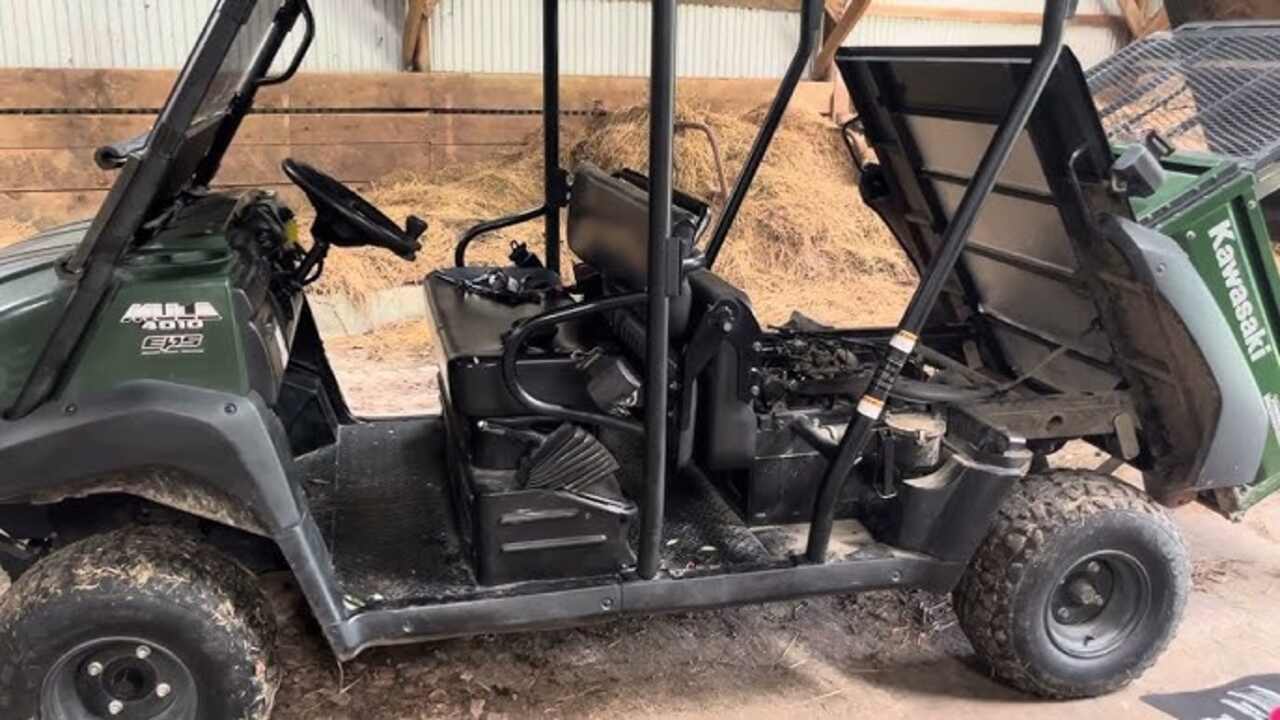
One common problem users have reported is the lack of engagement with the vehicle. Some owners have found that the Mule 3010 does not offer the excitement or thrill they expected. This could be due to various factors, including the vehicle’s performance capabilities or design.
While the Mule 3010 is primarily designed for utilitarian purposes, it is still important for owners to feel a sense of enjoyment and satisfaction while using it. One of the common issues with the Kawasaki Mule 3010 is related to the sizes of its components, such as the tires and battery.
Additionally, users have reported specific problems with the Kawasaki Mule 3010. These problems can range from engine issues to transmission failures. Some owners have experienced difficulties with starting the vehicle or have encountered frequent breakdowns, which can be frustrating and inconvenient.
Possible Solutions:
The solenoid failed to engage in quite a freaking problem. When the solenoid doesn’t work, the engine will start and shut off again. As the problem increases, the engine failure problem will be acute. You can follow these solutions to solve the problem:
- Try tapping on the solenoid lightly and check if it engages again. You may use a hammer to tap on the solenoid lightly.
- Inspect whether the one-way bearing on the drive gear is turning over; if it happens, it will just spin. When the gear is malfunctioning, it won’t spin.
- Check if the teeth of the motor are fine. Otherwise, they will make the engine engage poorly.
- Ensure that the key switch is powering the starter circuit well. If the key switch and starter circuit wiring are inappropriate, fix them.
- Check if the fuse is blown out. You can replace the fuse for less than $10.
- Check the brake safety switch for proper operation. When the solenoid malfunctions, the safety switch for the break often won’t work. You must fix the cables and help the switch to work correctly.
Problem – 4: Bad Relay Or Solenoid
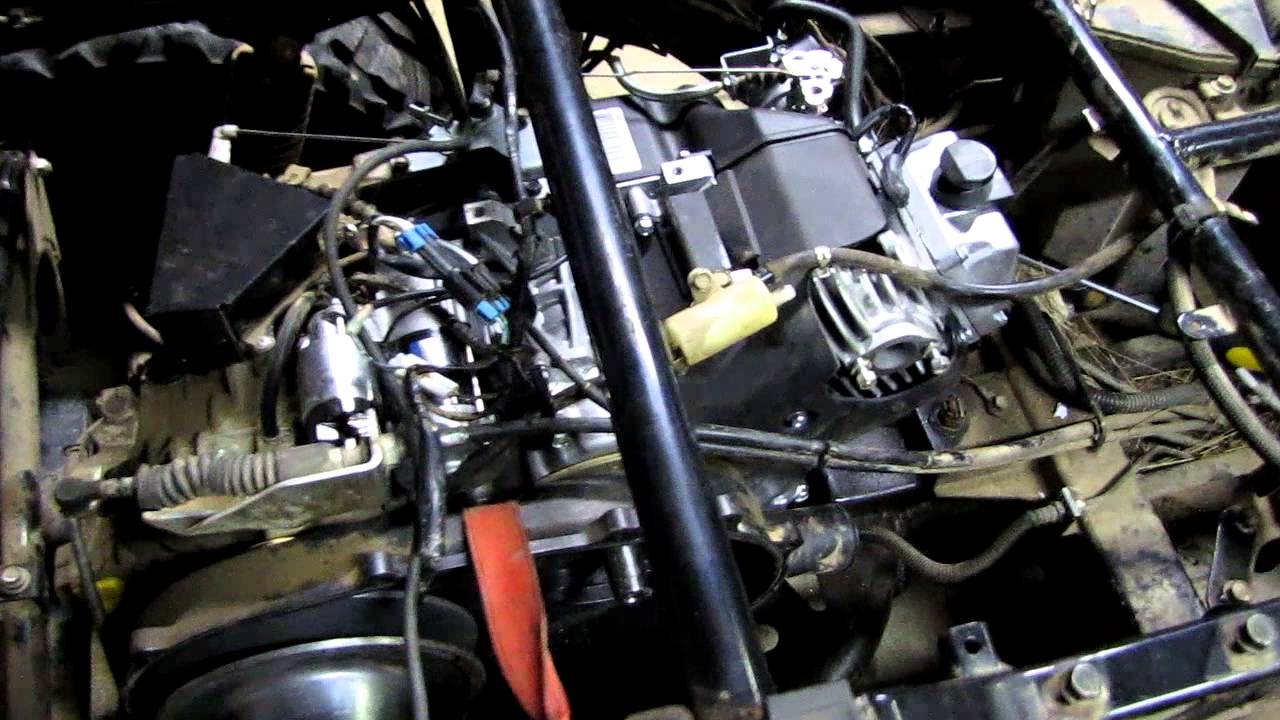
Another notable Kawasaki Mule 3010 problem is a bad relay or solenoid. A solenoid relays electrical flow to the starter motor from the ignition. As a result, the chain reaction happens that starts the engine combustion. Then, you can use the vehicle. The motor will only work if your Mule has a good starter solenoid.
A solenoid is an important component of the Mule’s electrical system, responsible for relaying electrical flow to the starter motor from the ignition. This is a crucial step in the chain reaction that ultimately starts the engine combustion. The engine will not start without a functioning solenoid, rendering the vehicle unusable. And guess what, there are also complaints about it:
Possible Solutions:
The bad relay on the solenoid happens due to corrosion and rust development. So, the key is to fix the rust development.
- Check the condition of the connections to the starter relay or solenoid; if corroded, replace it. If the rust development is nominal, apply WD-40 cleaner to remove the corrosion.
- Try jumping across the starter relay while being insulated from the tool; if it starts, replace the solenoid.
Problem – 5: Not Cranking
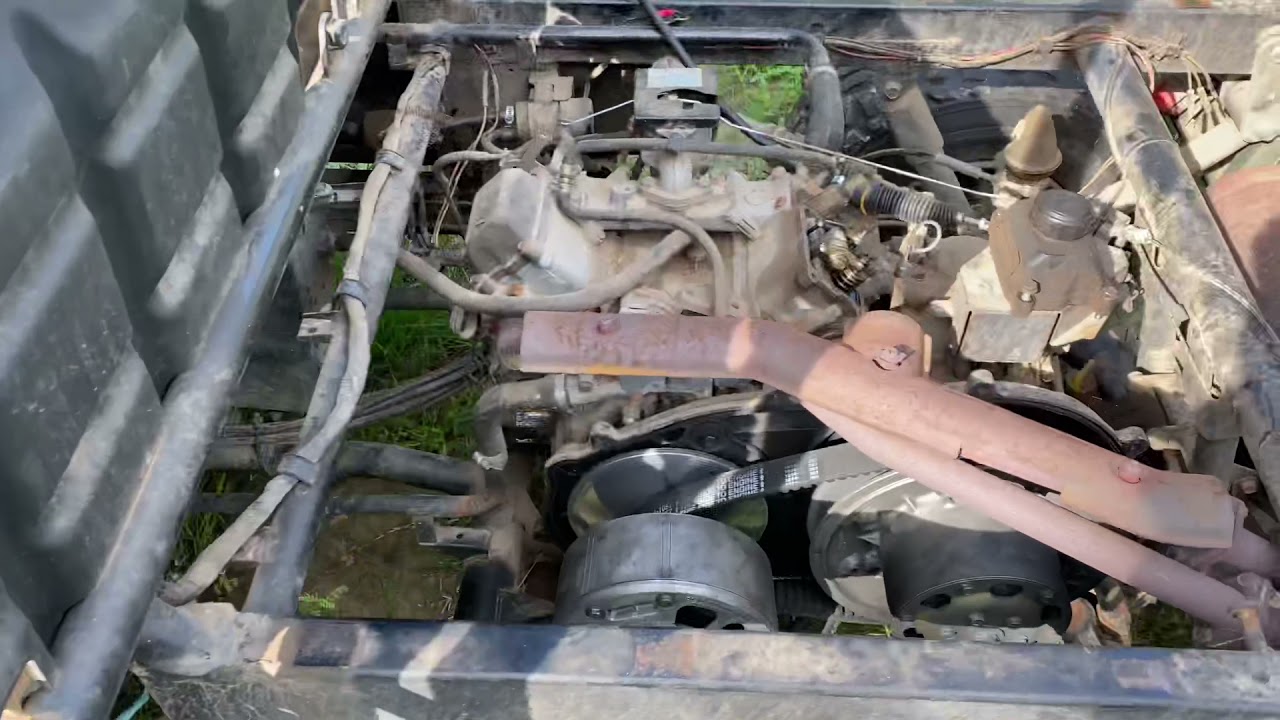
Kawasaki Mule 3010 owners may encounter the problem of the engine not cranking. This can be a frustrating experience for users who rely on their Mule for various tasks, whether on a job site or in an agricultural setting.
However, it is important to approach this issue with a methodical and professional mindset. The bike builder specializes in customizing and building bikes according to the customer’s preferences. When faced with the issue of the engine not cranking, it is essential to start by checking the battery.
A weak or dead battery can often be the culprit behind this problem. Ensure that the battery connections are clean and tight, and consider using a battery tester to determine its current state. If the battery is the cause, it may need to be replaced or recharged.
Possible Solutions
- Check The Battery: Make sure you fully charge it and ensure it is in good condition. If it is low on charge or damaged, replace it.
- Inspect The Battery Connections: Ensure the battery terminals are clean and tightly connected. Loose or corroded connections can prevent the Mule from cranking.
- Test The Starter Motor: Use a multimeter to check if the starter motor is receiving power when the ignition switch is turned on. You may need to replace the starter motor if not.
- Check The Ignition Switch: Verify that the ignition switch is functioning properly. If it is faulty, it may need to be replaced.
- Examine The Fuel System: Ensure there is enough fuel tank, and the fuel lines are not clogged or damaged. Clean or replace any clogged fuel filters.
- Verify The Spark Plug: Remove the faulty and inspect it for fouling or damage. Replace the spark plugs if necessary.
- Check The Safety Switches: The Mule is equipped with safety switches that prevent it from cranking if certain conditions are not met. Make sure you engage all safety switches correctly.
- Inspect The Wiring: Examine the harness for any loose connections, frayed wires, or damaged components. Repair or replace any faulty wiring.
Seeking Professional Help
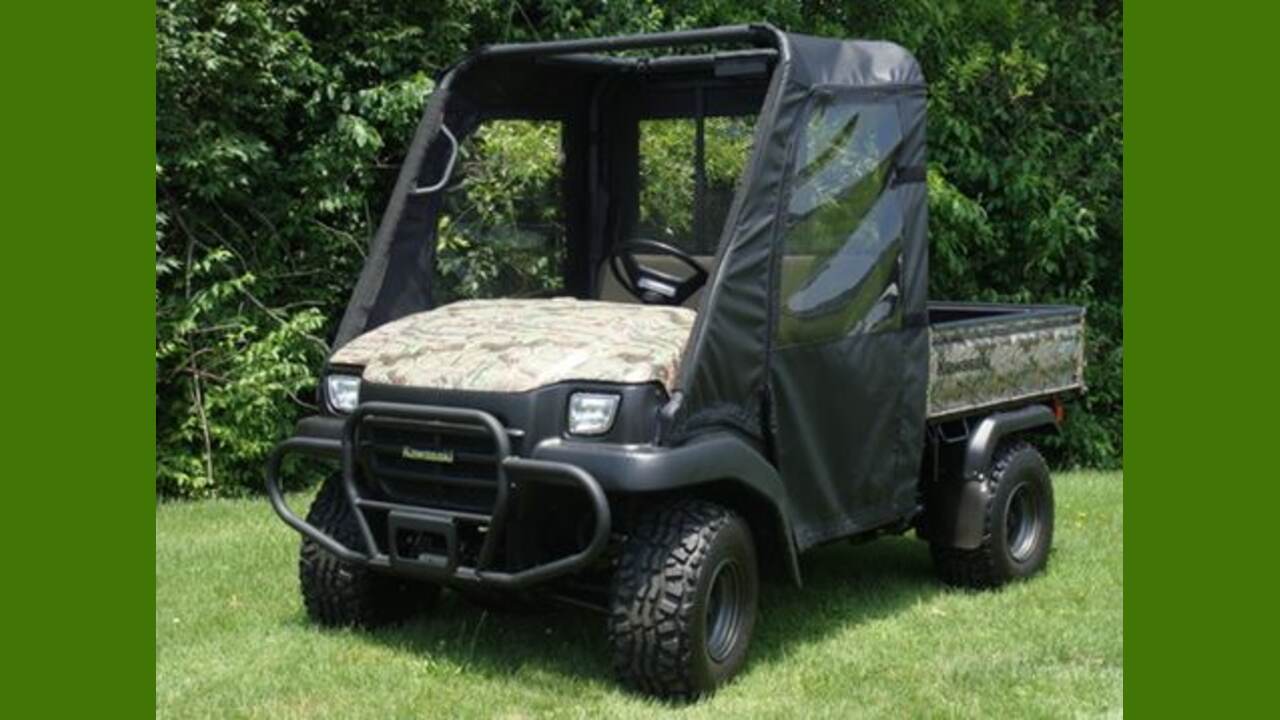
When facing issues with your Kawasaki Mule 3010, it is crucial to consider seeking professional help. The Kawasaki Mule 3010 is a dependable utility vehicle popular for its durability and versatility. However, like any machine, it is not immune to problems.
Whether it is a mechanical malfunction, electrical issue, or any other problem, seeking professional assistance is essential to ensure the proper functioning of your vehicle. Technicians play a crucial role in diagnosing and solving Kawasaki Mule 3010 problems.
Professional help offers numerous benefits when resolving Kawasaki-Mule 3010 problems. First and foremost, professionals have the knowledge and expertise required to diagnose and identify the root cause of the problem accurately. They are well-versed in the intricate workings of the Kawasaki Mule 3010 and can effectively troubleshoot and provide solutions.
Conclusion
While the Kawasaki Mule 3010 has faced some issues, it remains a reliable and versatile utility vehicle for work and recreational use. Proper maintenance and care can prevent many of the reported problems. It is important for owners to stay informed and address any potential issues promptly to ensure the longevity of their Mule 3010.
Overall, the Mule 3010 continues to be a top choice for those needing a powerful and durable side-by-side. So, you can see a couple of Kawasaki Mule 3010 problems that may sometimes appear. But only some of the Mule UTVs are designed to have these problems. If you can’t fix the problem, you should visit a Steve Motorcycle Mechanic soon and troubleshoot it faster.
FAQ:
Does Kawasaki Mule Have Engine Braking?
Yes, Kawasaki Mule models have engine braking. Engine braking is a feature that helps slow down the vehicle when descending steep terrain or navigating downhill slopes.
Is Kawasaki Mule A Good UTV?
Yes, the Kawasaki Mule is a good UTV. It is popular for its durability, versatility, and reliability. It is designed to handle tough terrains and can be used for various purposes, such as farming, hunting, and recreational activities.
What Is High Mileage For Kawasaki Mule?
The high mileage for a Kawasaki Mule can vary depending on various factors such as maintenance, usage, and terrain. However, generally speaking, a well-maintained Kawasaki Mule can be expected to have a high mileage of around 10,000 to 15,000 miles.
How Much HP Does A Mule Have?
A mule typically has between 12-18 horsepower (HP). t is the power needed to lift 550 pounds one foot in one second.
Are Kawasaki Mules Good For Off-Road?
Yes, people consider Kawasaki Mules popular for their off-road capabilities, reliability, and durability for off-road use. High-ground clearance and strong suspension systems design.

one side of the values are getting hot